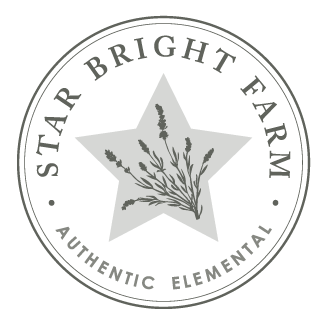Creating Life
Written By: Peter
The news cycle has become a daily drum infection rates, death tolls, and increased isolation measures. Just last night music legend John Prine passed away from complications from COVID 19, and the message hit our family hard. John's music has accompanied us all through the various complexities of life's journey; providing levity and depth to those moments in time. His music has special resonance to many memories that helped shape my own journey. As a kid, and even though adolescence, my parents would have his music playing most every weekend, around this time of Year, on days just like this one. Those songs accompanied the sunny occupation of weeding in the garden or coming in for lunch after mowing the lawn. To me, John Prine's music brings to mind all I enjoy while working outside. To carry on the light of John's spirit, I want to write about creating life; specifically, making a garden.
We employ a No-dig method of gardening here, a variation of a methodology called "sheet mulching". Sheet mulching is a cheap, rewarding way to create a small garden plot around your house. All of the annual production beds here were created by a method similar to sheet mulching, and are represented in the pictures used for this writing; however, our specific methodology is a multi year process of cover crop cycles to gradually break down sod. The method described below, is a quicker, single season way to get the job done.
The idea of sheet mulching is to break down sod, without tilling or removing soil. Leaving soil undisturbed preserves existing soil microbiology, who will help in decomposition and nutrient exchange with plants. There are a lot of ways to go about this process, but the basic formula is to create a lasagna style layering of nitrogenous and carbon based materials.
First, map out your space, to see what sort of area needs to be filled. This is mostly for knowing how much mulch, compost and fertilizer to purchase. Then, mow the proposed area, but be sure that the grass clippings stay on top. Apply a thin layer of manure (an inch or so) or organic fertilizer across the mowed area. Soybean meal, alfalfa meal, composted chicken manure are all good bagged fertilizer options (apply based on label recommendations). Then put down 2-3 layers of newspaper or one layer of cardboard to cover the total area; water that in thoroughly. Cover this with another layer of fertilizer, or an inch of grass clippings or manure. Next is the thick carbon layer. For this you want about 8 inches of carbon rich material like straw, mulch or animal bedding; animal bedding is great here, because the mixture includes manure to help break down the wood chips. These layers will help speed up decomposition and block sod from receiving sunlight, which is important in preventing future perennial weeds from breaking through. If you used animal bedding top it off with a thin layer of mulch suitable for walking
After the thick carbon mat, we need to layer in a planting surface. The preferred material for this layer is finished compost. Compost is rich in micro and macro nutrients for plants, high in organic content for holding moisture, and supports microbial life. Most finished compost is free of weed seeds from the composting process, and ready for planting. Usually, I don't want to take the risk, so beds here are covered with a permeable tarp for a few weeks after compost goes down. It is important that the tarp is permeable to allow air and water through so that your biology stays aerobic. The tarp traps heat and moisture underneath, forcing most remaining weed seeds to germinate. Newly emerged weeds don't have any light, and quickly die out. Apply the tarp to the whole area, in case there was weed seed in the carbon layer.
After a few weeks, most seeds have germinated and died back so you can pull the tarp get ready for planting!
This is just of the tip of the iceberg though. If you want to learn more, there is a great book called "Weedless Gardening" by Lee Reich, Ph.D. There are also good diagrams online of the "lasagna layers" I am talking about. Below are sources for some of the materials; most companies can ship to you, and the local ones can have orders ready for pickup with minimal contact.
Mulch: Hollins Organics (probably the easiest source for that carbon layer)
Compost: Hollins Organics for bulk or any Leafgro retailers for bagged (Smith Hardware in Jarrettsville or any of the Mill locations should have it). Fedco Growers Supply (online) can also supply bagged compost
Fertilizers and soil amendments: Fedco Growers Supply or Ohio Earth Food have my favorite selection of organic bagged fertilizer.
Plants!: Mom's Organic Market and Whole Foods Market Locations usually have plant starts available around this time, or check out the websites of local farms near you! Many farms will sell excess plant starts every spring, and can perhaps organize "curbside orders". We will likely have starts available here around May 1.
Happy spring!



